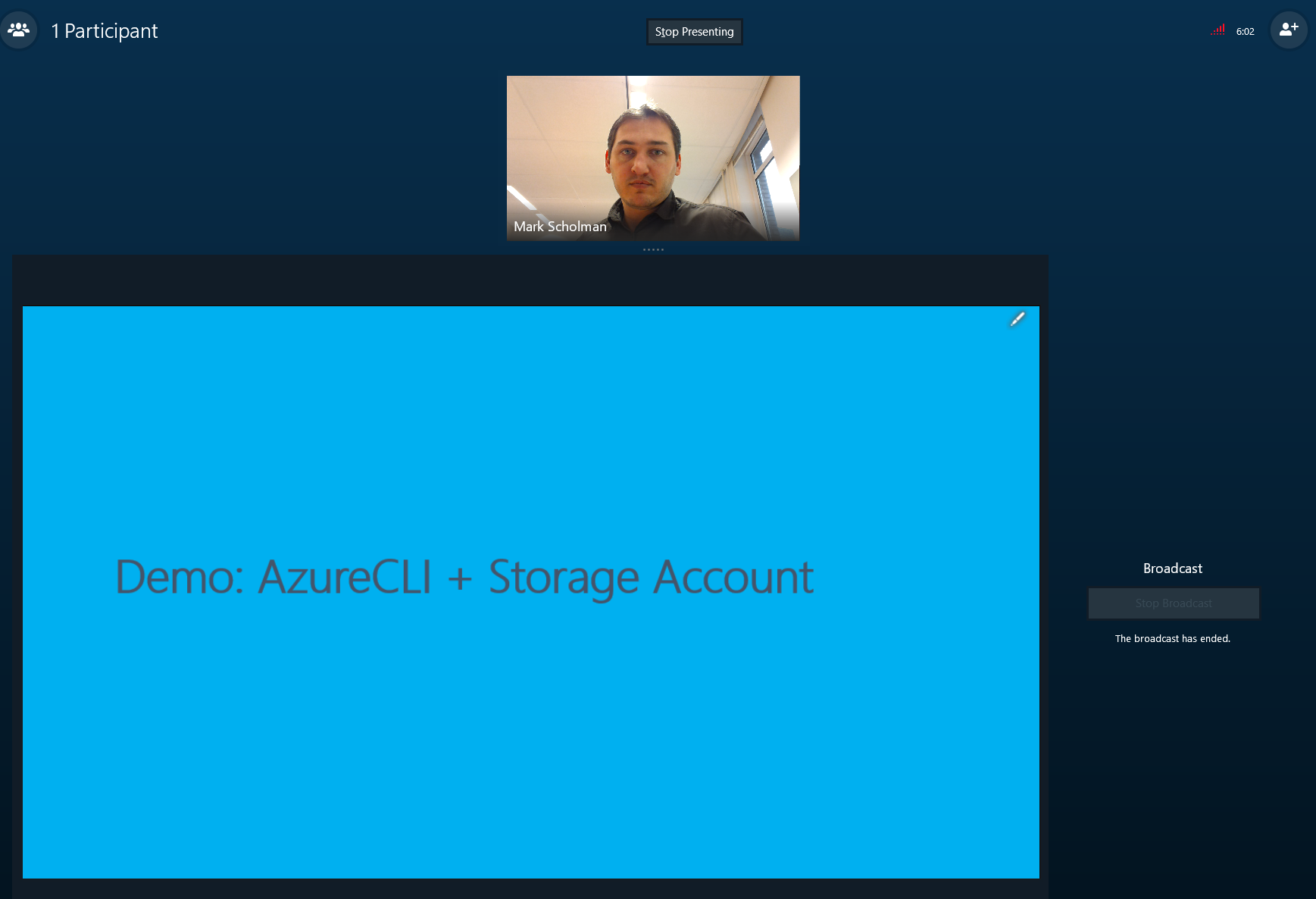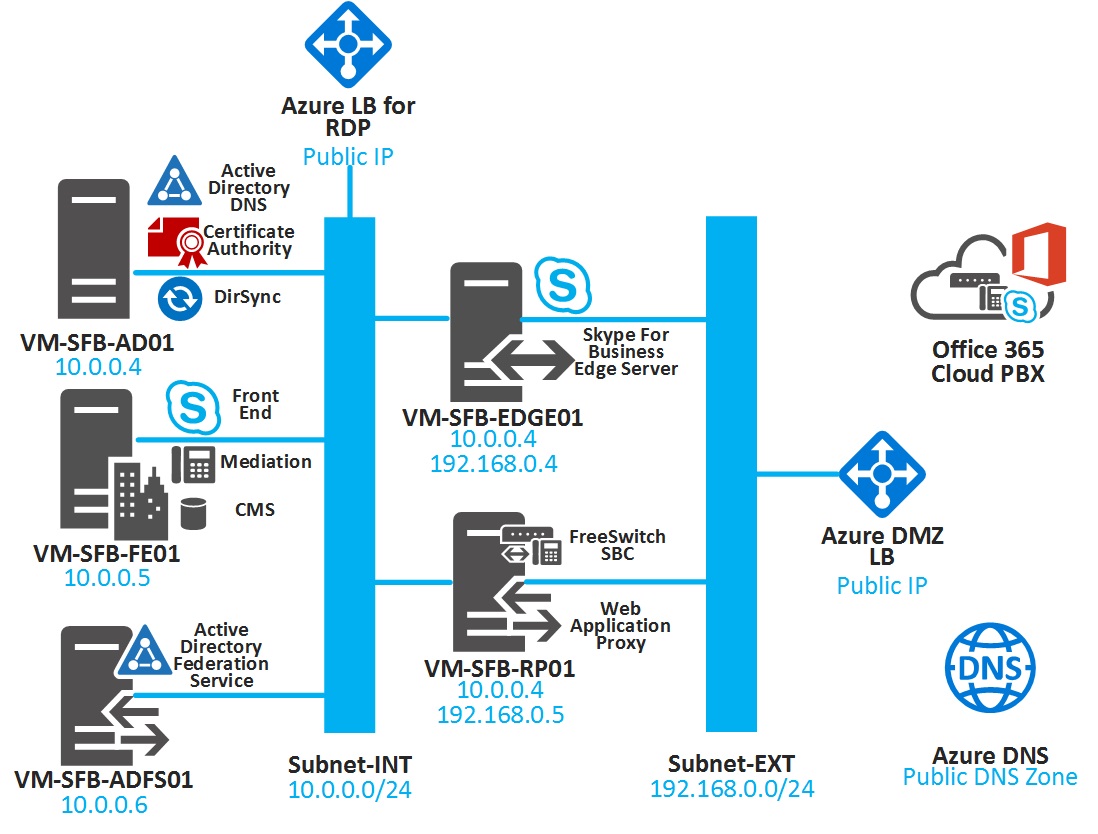

- #HOW TO ENABLE SKYPE FOR BUSINESS IN OFFICE 365 INSTALL#
- #HOW TO ENABLE SKYPE FOR BUSINESS IN OFFICE 365 FULL#
- #HOW TO ENABLE SKYPE FOR BUSINESS IN OFFICE 365 WINDOWS#
The resulting URL, which is the value of the HostedMigrationOverrideUrl, should look like the following, and will be used later in PowerShell commands when migrating users –.Append the following string to the URL: /HostedMigration/hostedmigrationservice.svc.Take your URL where x is a letter specific to your tenant e.g.Using the URL found in the step above we need to construct the Migration Server URL.Determine the Office 365 Hosted Migration Service URL:.Check the URL presented in the address bar:.Under the “Admin” category, select “Skype for Business”:.Navigate to the Office 365 Admin Centre.Log into Office 365 Portal as a tenant administrator.Once you’ve signed in, the wizard will validate your configuration and attempt to resolve any issues it finds: This user may also need to have SfB Licence, but I havent 100% confirmed this. If you have an account using your real domain, this will fail since it resolves the on-premises deployment. The reason for this is a lyncdiscover lookup to SfB Online is used when connecting – some more info here. Microsoft recommends you sign in with the admin account that was created when you signed up for Office 365, but in practice it appears any admin account will work as long as it is an domain e.g. Run the “Set up Hybrid with Skype for Business Online” wizard from the Skype for Business Control Panel: In Skype for Business Server a wizard takes care of most if it for you, however there may be cases where you need to do this manually, for example if you are running Lync 2013 Server.


There are two options when configuring Hybrid. Start-ADSyncSyncCycle -PolicyType Initial
#HOW TO ENABLE SKYPE FOR BUSINESS IN OFFICE 365 FULL#
Once added make sure you run a full sync again:

If partner discovery is not enabled, then closed federation must be configured for your online tenant
#HOW TO ENABLE SKYPE FOR BUSINESS IN OFFICE 365 WINDOWS#
Skype for Business Online, Windows PowerShell Moduleĭetermine Office 365 Federation settings to be replicated to on-premises, keeping the following in mind:.Skype for Business Server Administration Tools.
#HOW TO ENABLE SKYPE FOR BUSINESS IN OFFICE 365 INSTALL#
Install the following tools where you intend to run migrations from:


 0 kommentar(er)
0 kommentar(er)
